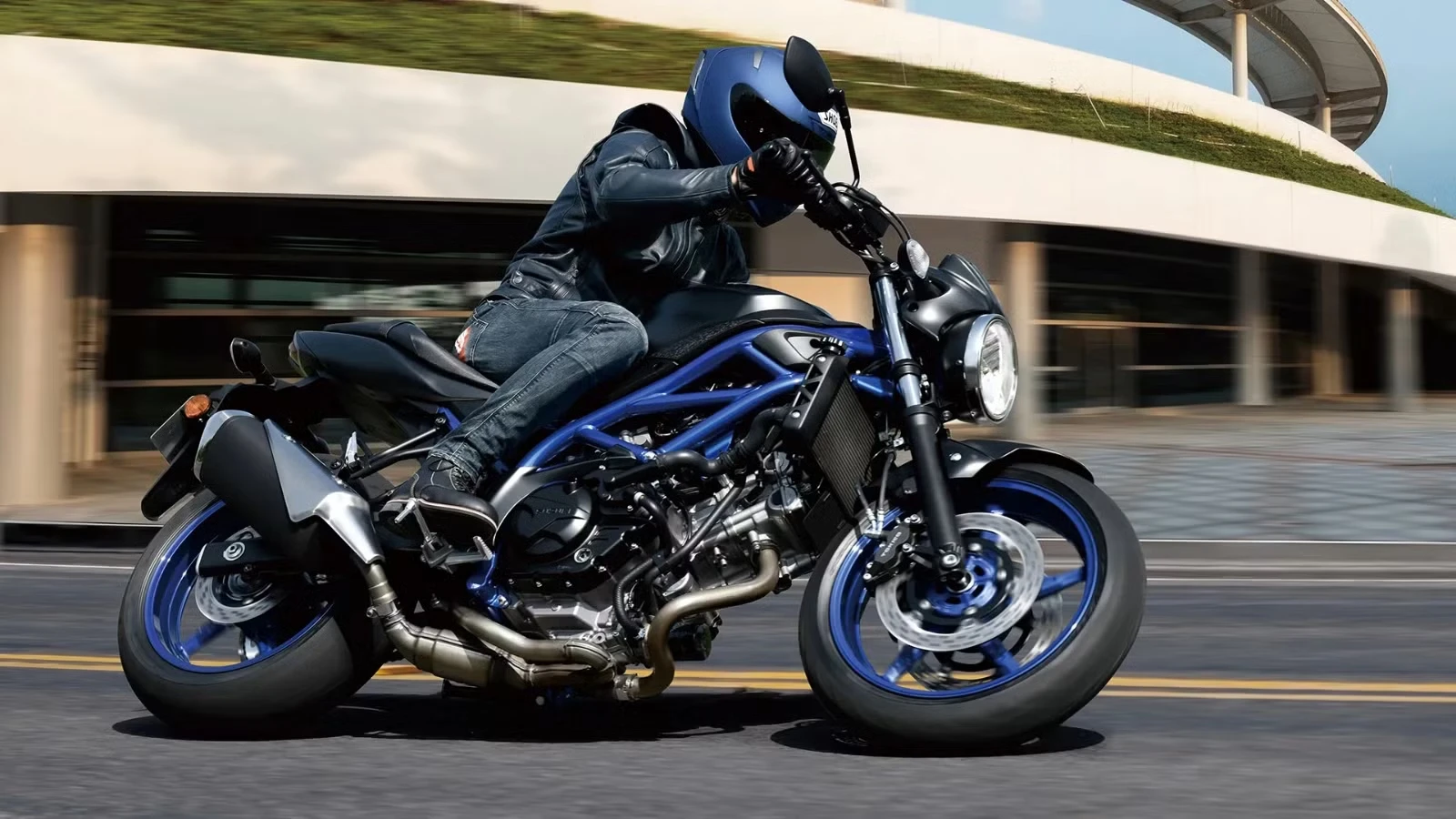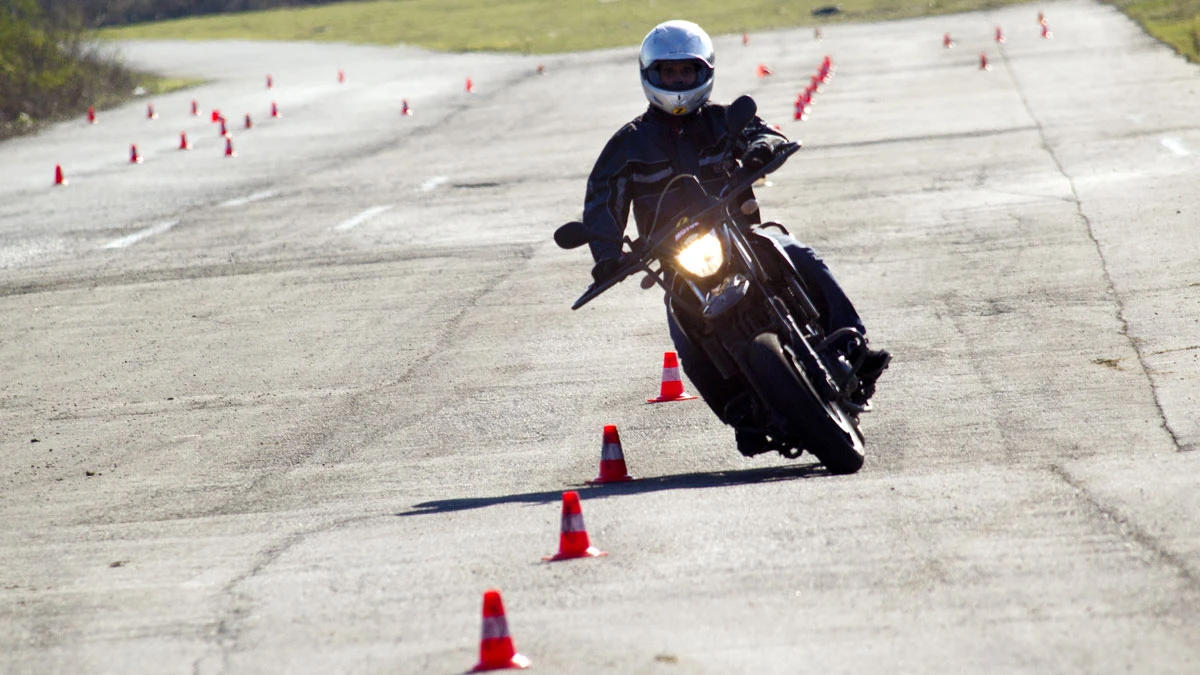Mastering the Fundamentals: 7 Essential Skills for New Motorcycle Riders

The moment you first twist the throttle and feel the motorcycle move under its own power is unforgettable. It’s a feeling of pure freedom and control. However, this exhilarating experience is built upon a foundation of fundamental skills. For new riders, mastering these basics is the single most important step toward becoming a safe, confident, and capable motorcyclist. The answer to the question, “is it hard to ride a motorcycle?” lies in your commitment to learning these core techniques. At ZUKIDA, we believe that a great riding life starts with a great foundation, which is why we not only build reliable novice motorcycles but also champion rider education.
This guide will break down the seven essential skills every new rider must practice and perfect. Dedicating time to these fundamentals will transform your riding and unlock a lifetime of enjoyment on two wheels.
1. Understanding and Mastering Clutch Control
Before you learn to run, you must learn to walk. In motorcycling, clutch control is learning to walk. The clutch is the bridge between the engine’s power and the rear wheel. Learning to engage it smoothly is the key to everything that follows. This is centered on a concept called the “friction zone.”
- What is the Friction Zone? This is the small area in the clutch lever’s travel where the clutch plates begin to engage, and power starts to be transferred to the rear wheel. It’s the point between the clutch being fully pulled in (disengaged) and fully released (engaged).
- Why It’s Critical: Mastering the friction zone allows for smooth starts from a standstill, seamless gear changes, and, most importantly, precise control at low speeds.
- How to Practice: In a large, empty parking lot, sit on your bike with the engine running and in first gear. Very, very slowly, release the clutch lever until you feel the bike begin to creep forward. Pull the lever back in to stop. Do this repeatedly without using any throttle. This exercise builds the muscle memory needed to become a smooth rider.
2. How to Shift Gears on a Motorcycle Smoothly
Once you are comfortable with the clutch, it’s time to learn how to shift gears. A motorcycle’s manual transmission is one of its most engaging features. The process is a coordinated dance between your left hand, left foot, and right hand.
The standard shift pattern on most motorcycles is “one down, five up,” meaning first gear is a click down from neutral, and all subsequent gears are a click up.
- Upshifting (e.g., 1st to 2nd): As you accelerate and the engine RPMs build, it’s time to shift up. The sequence is:
- Roll off the throttle.
- Simultaneously, pull the clutch lever in completely.
- Use your left foot to lift the gear shifter firmly up into the next gear.
- Smoothly release the clutch lever while gently rolling the throttle back on.
- Downshifting (e.g., 3rd to 2nd): This is done when slowing down. The sequence is similar:
- Roll off the throttle and apply the brakes as needed.
- Pull the clutch lever in.
- Use your left foot to press the gear shifter down into the lower gear.
- Smoothly release the clutch. Releasing it slowly will help match the engine speed to the wheel speed, a technique known as engine braking.
Smooth shifting is a skill that takes practice. A motorcycle with a well-engineered transmission, like those found on our reliable CG125 Commuter Motorcycle, makes this learning process much easier.

3. Effective and Safe Braking Techniques
Knowing how to go is only half the equation; knowing how to stop is arguably more important. A motorcycle has two independent brakes—one for the front wheel (operated by the right-hand lever) and one for the rear wheel (operated by the right-foot pedal).
- The 70/30 Rule: As a general rule, your front brake provides about 70-80% of your stopping power. As you brake, the bike’s weight transfers forward, pressing the front tire into the pavement and giving it more grip.
- Progressive Application: Never grab or stomp on the brakes. This can lock up a wheel and cause a skid. The key is to apply pressure progressively and smoothly. Squeeze the front brake lever and press the rear brake pedal with gradually increasing pressure.
- Using Both Brakes: For the shortest, most controlled stops, always use both brakes simultaneously. This keeps the motorcycle balanced and stable.
- The Role of ABS: An Anti-lock Braking System (ABS) is a crucial safety feature that prevents wheel lock-up under hard braking. While it doesn’t reduce your stopping distance in all conditions, it allows you to retain steering control in an emergency, which can be life-saving.
4. Slow-Speed Maneuvers and Balance
Paradoxically, the hardest part of riding a motorcycle is often going slow. Maneuvering in a parking lot or making a tight U-turn requires a fine touch and excellent balance. A lighter bike with a low seat height, like our Classic GN125 Chopper, can be a great asset here.
- Look Where You Want to Go: Keep your head and eyes up, looking toward your intended destination. Do not look down at your front wheel.
- Use the Friction Zone: As practiced earlier, use the clutch’s friction zone to control your speed.
- Drag the Rear Brake: Lightly applying the rear brake while engaging the clutch helps to stabilize the motorcycle and smooth out the power delivery, making the bike much less jerky at crawling speeds.

5. The Art of Looking Through Turns (Vision)
This is perhaps the most magical and impactful skill a rider can learn. The principle is simple: your motorcycle will go where your eyes are looking. When you enter a corner, you must consciously turn your head and look through the turn to the exit point. This simple action will cause you to naturally lean the bike and follow the perfect arc through the corner. The opposite of this is “target fixation”—staring at a hazard on the road (like a pothole), which almost guarantees you will hit it. Always look where you want to go.
6. Proper Lane Positioning for Visibility and Safety
As a motorcyclist, you are less visible than a car. Therefore, you must actively manage your space on the road to make yourself seen and to give yourself options in an emergency.
- Choose a Dominant Position: Ride in the left or right third of the lane, not in the center. This makes you more visible in other drivers’ mirrors and discourages them from trying to share the lane with you. The center of the lane is also where oil and debris tend to accumulate.
- Avoid Blind Spots: Be constantly aware of the blind spots of the cars around you and spend as little time in them as possible.
- Create a Safety Cushion: Always maintain a safe following distance and create a buffer of space around you whenever possible.
7. Basic Pre-Ride Safety Checks
A skilled rider knows that a safe ride begins before the engine is even started. Making a pre-ride inspection a regular habit is a skill in itself. A common acronym to help remember the checklist is T-CLOCS:
- T – Tires and Wheels: Check pressure and look for damage.
- C – Controls: Levers, cables, and hoses.
- L – Lights and Electrics: Headlight, taillight, signals.
- O – Oil and Other Fluids: Check levels.
- C – Chassis: Frame, suspension, and chain.
- S – Stands: Sidestand and center stand function.
Conclusion: Building a Foundation for a Lifetime of Riding
Motorcycling is a journey of continuous learning. The skills outlined here are the fundamental building blocks of that journey. Practice them diligently, respect the machine, and never stop learning. By starting on a manageable motorcycle and committing to mastering these core techniques, you are not just learning to ride; you are becoming a true motorcyclist. At ZUKIDA, we are proud to build the machines that start so many of these journeys, offering a diverse range of motorcycles that are perfect for building a solid foundation of skill and confidence. Now, get out there and practice safely.

13 thoughts on “Mastering the Fundamentals: 7 Essential Skills for New Motorcycle Riders”
Great insight regarding topic. I’ll be sharing this guide with my sales team for training purposes.
The points you raised about topic are valid. The motorcycle industry needs more transparency like this.
This article on topic is spot on. As a distributor, we encounter these exact market trends daily.
This analysis of topic aligns perfectly with what we are seeing in the Southeast Asian market.
We’ve been discussing topic in our dealership recently. This post clarifies a lot of questions.
The points you raised about topic are valid. The motorcycle industry needs more transparency like this. Great job Zukida team.
Very informative post on topic. Keep up the good work with the blog content. Cheers.
Excellent write-up. topic is indeed a major factor when clients choose a supplier.
Finally, a clear explanation of topic. It’s crucial for importers to understand these technical details. Looking forward to the next update.
We appreciate Zukida sharing knowledge about topic. It builds trust for long-term cooperation. Ride safe.